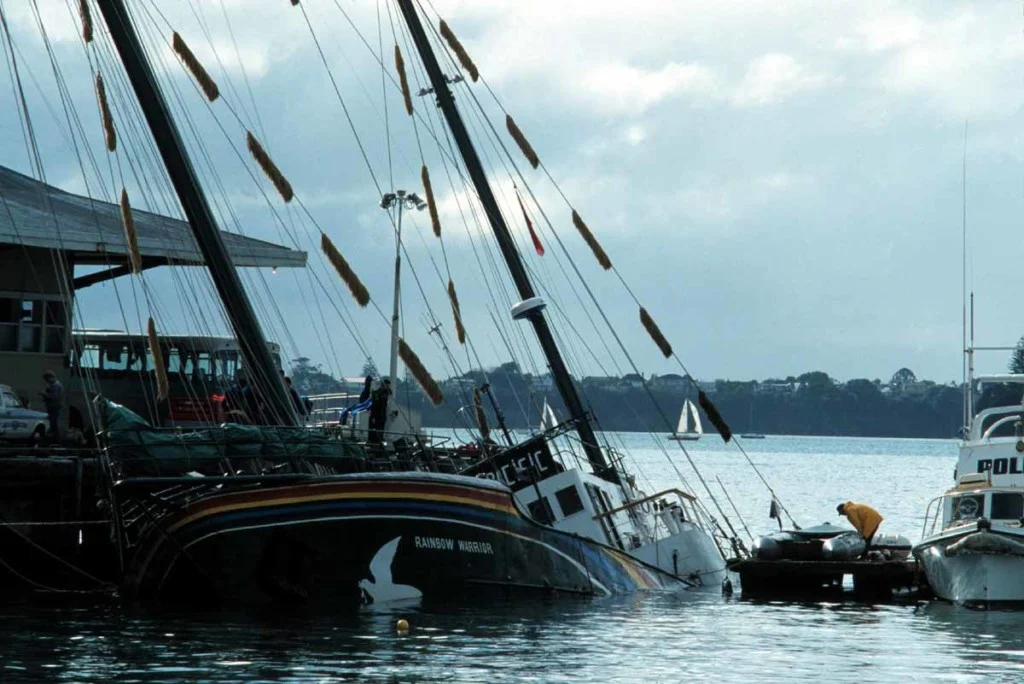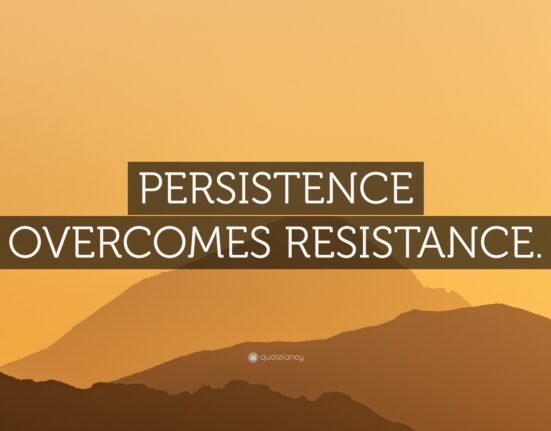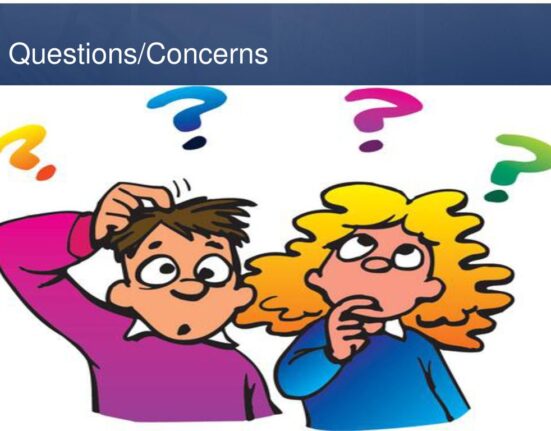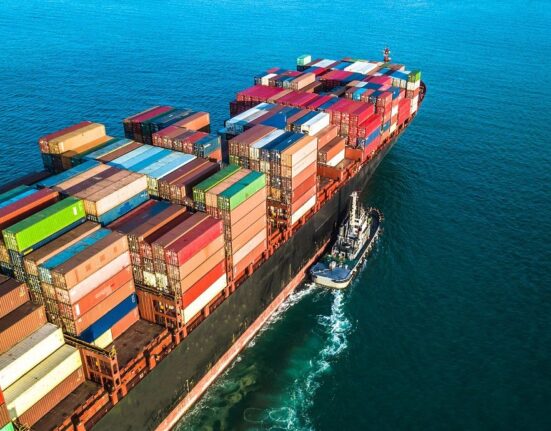On a fateful night in Auckland Harbor on July 10, 1985, the world was shaken when two powerful bombs tore through the Greenpeace vessel Rainbow Warrior. This heinous act, orchestrated by the French secret services under President François Mitterrand’s orders, not only claimed lives but also sparked an unprecedented international outcry.
The explosion happened swiftly, sinking the ship in a mere four minutes and leaving ten individuals onboard to grapple with the chaos that ensued. Among them was Fernando Pereira, a talented photographer whose life was tragically cut short by this senseless act of violence. The bombing of Rainbow Warrior wasn’t just an attack; it was akin to a declaration of war against New Zealand.
In reminiscing about his time aboard the Rainbow Warrior back in 1980 as a young photographer and crew member, Pierre Gleizes recounts the remarkable journey he embarked upon with Greenpeace. His experiences spanned over three decades and took him across 40 countries on 12 different ships.
Reflecting on those memories, Gleizes shares,
“It was the beginning of my long journey as a photographer for Greenpeace.”
He vividly recalls witnessing numerous campaigns unfold before his eyes – from daring interventions to environmental victories that shaped his perspective forever.
Years later, after painstaking efforts to retrieve and digitize his extensive collection of negatives and slides stored at Greenpeace International’s offices in Amsterdam, Gleizes uncovered forgotten images that transported him back to the heart of Rainbow Warrior’s crew camaraderie and their dedicated activism.
Through his lens, Gleizes captured moments that showcased Greenpeace activists’ unwavering commitment to protecting our planet. From intercepting cargo ships carrying hazardous nuclear waste to confronting illegal fishing practices in West African waters aboard vessels like Binar 4 – every image painted a picture of courage and resilience.
One significant campaign led by Rainbow Warrior involved protesting against whale hunting off Spain’s coast in 1979. Their relentless pursuit for justice culminated in securing a global whaling moratorium by the International Whaling Commission in 1982 – a monumental achievement etched in Greenpeace’s history of triumphs.
However, amidst these victories stood tragic events like confronting seal hunters on ice floes or battling against French nuclear testing in the Pacific Ocean – missions that underscored both the risks activists faced and their unyielding spirit towards conservation efforts.
Gleizes vividly recalls covering Greenpeace’s anti-nuclear test campaign post-Rainbow Warrior tragedy while onboard another vessel hastily chartered for this cause. His journey continued as he documented legal proceedings against perpetrators involved in Fernando Pereira’s murder – shedding light on an arduous quest for justice amidst global media scrutiny.
As time passed, Rainbow Warrior transformed from being just a ship into an enduring symbol of resilience and remembrance. Despite its untimely demise plunging into Matauri Bay Marine Reserve after being refloated post-attack – it has now become an iconic diving spot drawing enthusiasts worldwide.
Today marks forty years since that tragic night when two explosions altered the fate of Rainbow Warrior forever. To honor those lost souls and commemorate this poignant anniversary – former crew members alongside new activists gather at Matauri Bay and Paris affirming their pledge towards upholding Greenpeace’s legacy despite adversities faced along their noble journey.









Leave feedback about this